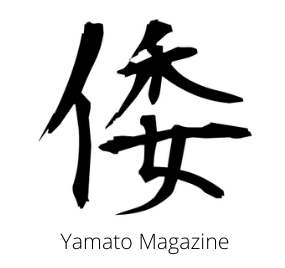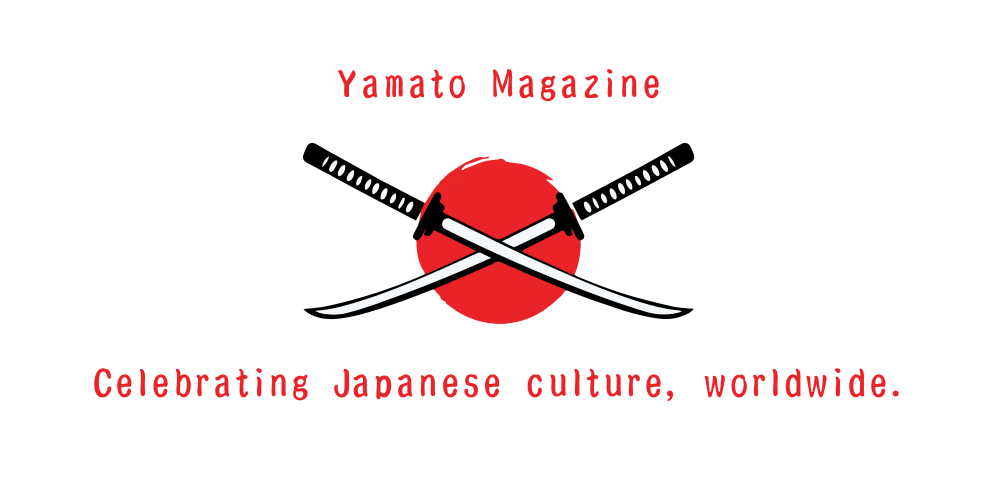
Japan is known for having a unique drinking culture, best represented by sake/nihonshu in the west. But to leave out Japan’s national spirit, shochu, would be a massive disservice to the distillers who work tirelessly to produce one of the most versatile drinks in the world.
Education about shochu and its older cousin awamori is still lacking in western culture. But to help people learn more about it, Yamato Magazine has provided a glossary of essential shochu terms.
Amami Gunto – Amami Islands. The archipelago of eight main islands that is administratively a part of Kagoshima Prefecture despite being geographically closer to Okinawa. The Amami Islands have over two dozen shochu distillers and is the ancestral home of Amami kokuto (brown sugar) shochu.
Amami kokuto shochu – Brown sugar shochu produced exclusively in the Amami islands. Rice koji is used in the first moromi (fermentation mash) stage. Brown sugar is melted, diluted and added to the second moromi fermentation stage.
Aspergillus awamori – Scientific name for the black mold spores used exclusively to produce awamori and in some forms of shochu. The black koji mold (kuro koji) helps to convert starch to sugar. Interestingly, there’s not a universal agreement on the correct name for the strain and some scientists refer to it as awamori luchuensis.
Aspergillus kawachi kitahara – Scientific name for white mold spores used to make shochu. This is the most common type of koji used in shochu production.
Aspergillus oryzae – Scientific name for yellow mold spores used in the production of nihonshu and some types of shochu.
Awamori – Distilled spirit made in Okinawa. Similar to shochu but there are several differences, such as it being made exclusively with black koji, indica rice and having a single mash fermentation.
Beni azuma – A type of sweet potato used in the production of shochu.
Beni hayato – A variety of sweet potato used in shochu production.
Beni satsuma – A sweet potato indigenous to Kochi Prefecture which has been grown in Kagoshima Prefecture soil.
Choki chozo – If at least 50% of shochu has been aged for three years or more, a distiller is allowed to put choki chozo on the label. Can also be used to mean koshu.
Chuhai – A shortening of ‘shochu highball’ i.e. mass-produced shochu that’s been mixed with sweeteners like soda or fruit juice. Popular for cocktails and come served in cans.
Daichi no yume – A type of sweet potato that has a high starch count. Can have a big impact on the bouquet of a shochu.
Gen’atsu – Low or reduced pressure. Refers to low pressure shochu distillation.
Genshu – Unblended or unprocessed shochu. Also used for describing undiluted nihonshu.
Hanatare – Also known as hatsudare. It’s the first part of the shochu distillate which usually has a 60 – 70% ABV. Best chilled in a freezer then served straight or on the rocks.
Heiko fukuhakko – Multi-parallel fermentation. Koji-kin spores and yeast work side-by-side to convert starches into sugars (glucose), and then converts the sugars into alcohol and carbon dioxide.
Hinohikari – A type of rice native to Kyushu Island and used to make shochu.
Honkaku shochu – A specific designation indicating single-distilled shochu made with approved ingredients. The term originated in 1971 to help improve single-distilled shochu’s reputation and separate it from korui shochu.
Ichiji shikomi -First moromi fermentation in the shochu production process. A mixture of koji, (sweet potato, barley, rice etc) water and yeast is left to ferment for five to eight days. This results in the first moromi which then has the main ingredient of the shochu added to it with extra water.
Iki shochu – Barley shochu produced on Nagasaki Prefecture’s Iki Island. This shochu must be made with a 2:1 barley to rice koji ratio during fermentation to meet the standards of the WTO-protected Iki shochu appellation.
Imo – Potato. The most common ingredient used in shochu production.
Indica mai – Long-grain rice that’s grown in tropical climates like Thailand. Indica rice is commonly used in awamori production.
Joatsu – Atmospheric pressure. Refers to atmospheric pressure distillation of shochu.
Joryu – Distillation.
Joy white – A type of sweet potato that was specifically engineered for shochu production. Has a high starch content and gives off a fresh lemon scent.
Jozo arukoru – Brewer’s alcohol. Ethanol that is around 96% ABV and used in certain types of nihonshu. When it’s diluted to 35% it becomes korui shochu.
Kashidaru chozo – Oak cask aged shochu.
Katsutori shochu – A variety of shochu made by distilling the rice lees from nihonshu production. Leads to a shochu with ginjo qualities.
Kobo – Yeast.
Koganesengan – The most common type of sweet potato used to make imo shochu. Creates earthly flavours in shochu.
Koji – A source of starch (barley, potato etc) that has koji-kin (mold spores) inside it. Koji is most commonly made with rice and when done by hand it takes two days to complete.
Koji buta – The lids or trays that were traditionally used during the koji making process. A lot of distillers have abandoned this approach because it’s labour intensive. But some still use the method and they are permitted to print te’dzukuri (done by hand) on a bottle label.
Koji-kin – Mold spores.
Koji muro – The temperature-controlled room in a distillery where koji is made.
Kokuto – Brown sugar.
Kokuto shochu – Brown sugar shochu.
Kome – Rice.
Kome shochu – Rice shochu.
Konwa shochu – Shochu that is a mixture of korui and honkaku shochu.
Korui shochu – Multi-distilled shochu that has a neutral flavour and mixed into cocktails. It must not have an ABV that goes higher than 35%.
Koshu – Shochu that’s been aged for at least three years.
Kuma shochu – Rice shochu that’s been made in the Hitoyoshi Basin in Kumamoto Prefecture and carries a WTO-protected appellation.
Kuri shochu – Chestnut shochu.
Kuro joka – A type of kettle used to heat shochu.
Kusu – Awamori aged for at least three years.
Maewari – Shochu cut with cold water a day before serving. The idea is the water has extra time to mingle with the shochu and create a softer type of drink.
Mizuwari – Shochu mixed with cold water and immediately served.
Moromi – The fermentation mash. Usually separated into two stages for shochu production and one stage in awamori production.
Mugi – Barley.
Mugi shochu – Barley shochu.
Niji shikomi – Second moromi fermentation in shochu. The moromi from the first stage of fermentation is bolstered with the main starch ingredient (barley, potato etc) of the finished product.
Otsurui shochu – A dated term for honkaku/single-distilled shochu. The two terms are interchangeable.
Oyuwari – Shochu that’s served with hot water at a temperature of 50 – 60 degrees Celsius.
Roka – Filtration.
Roku yon – 6:4. The standard ratio for mixing shochu with cold and hot water. The first number in the ratio is shochu and the second number is the water.
Ryukyu awamori – Awamori officially protected by WTO-appellation made in Okinawa.
Satsuma imo – Sweet potato.
Satsuma shochu – WTO-protected designation reserved for imo shochu made with ingredients from Kagoshima Prefecture.
Shochu – A distilled alcoholic drink made from moromi (mash) made with koji, water, yeast and additional starch sources.
Shuzo – Distillery.
Soba – Buckwheat.
Soba shochu – Buckwheat shochu.
Soju – A distilled Korean alcoholic drink that is similar to multi-distilled korui shochu. Often confused with honkaku shochu because of labelling issues.
Suedare – Final part of the distillation run. Usually around 10% ABV and adds more depth to the distillate.
Te’dzukuri – Handmade. The word can only be printed on a label if koji was made using the traditional style i.e. the temperature in a koji room being controlled by opening a window in the ceiling and koji buta (trays) must be used to control the temperature and progress of the mold preparation.
Toji – Head or master distiller.
Wari – Mixed or cut with some of type of liquid e.g. water.
Warimizu – Water used to dilute shochu down to the targeted ABV.
Zenkoji shikomi – All the prepared koji, water and yeast are added to the fermentation tank at the same time. Used for the production of awamori.
For a helpful list of nihonshu terms, be sure to check out Yamato Magazine’s sake glossary.


3 thoughts on “Shochu Glossary: The Lexicon Of Japan’s National Spirit”